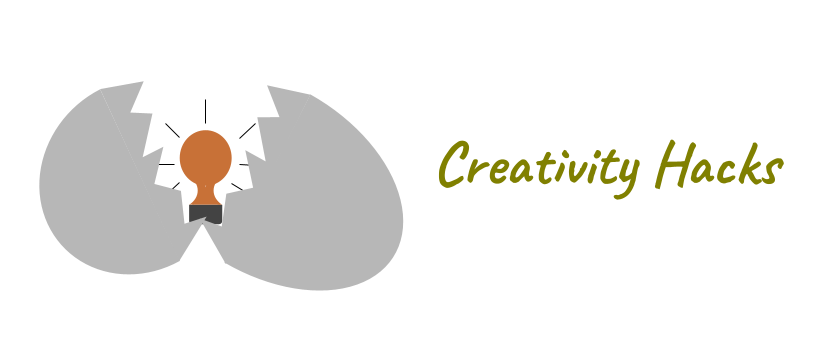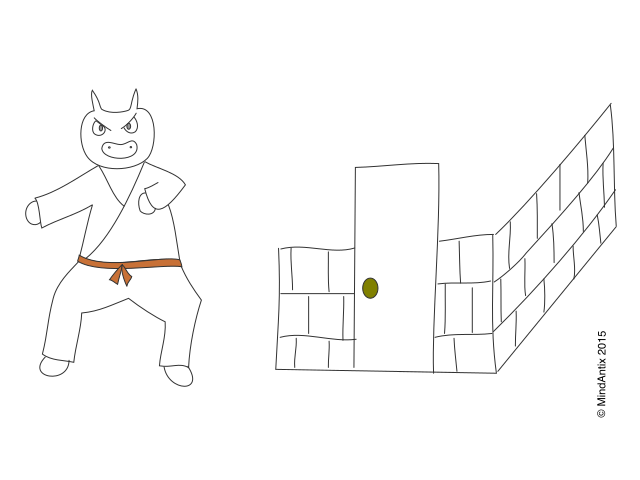If you have ever had students complain that they can’t think of a good idea for their creative story writing assignment, here is an easy hack to help their creative juices flowing again.
About The Hack
We often encounter students who have trouble coming up with creative ideas in story writing. This hack breaks down the process of creative thinking in a way that makes it easier for students to discover new ideas. It’s also more fun!
Instead of asking students to come up with a creative idea, we ask them to write a “boring” story. Students typically jump at this offer – partly because they were not expecting this but mainly because the ask doesn’t feel intimidating. Students find a theme that interests them and then write a fairly straightforward outline of the story. For example, if someone is interested in pets they might have a story outline of ‘boy wants a pet dog for his birthday; he begs his parents to get one; parents get him a pet and he is happy’.
As most people can see, this is not a great story, yet. The plot line is routine – there is nothing surprising and there is no conflict to keep the reader engaged. Routine things are predictable but novelty comes from the unanticipated. To make this more creative, students move to the next phase where they have to find ways to “break the routine” in their storylines. For example, maybe the pet gets lost and the story becomes an adventure to find the missing pet. Or, the dog is actually a super-intelligent alien and this leads to a very different kind of imaginative fiction.
The neat thing about this hack is that it lowers the barrier to creativity – the hardest part in coming up with creative ideas is just getting started. By using a routine, boring story line it’s easier to get students started. They also feel less evaluation apprehension associated and are more than happy to share their “boring” version with each other.
Summary
Finally, here is a quick summary of the creativity hack and how to use it with students.
| Description | To find a creative story idea, first start with a routine, “boring” storyline and then find ways to break the routine. Elaborating on each of those interruptions can lead to different kinds of story ideas. |
| Example | Ask your students to start by making a “boring” story with a theme of their choice. For example, ‘boy wants a pet dog for his birthday; he begs his parents to get one; parents get him a pet and he is happy’. Next, find ways to interrupt this routine and predictable storyline. What if the dog has special powers? What kind of magical journey would that lead to? Or, what if someone kidnaps the dog? How does the boy use his smarts to get his pet back? By finding different ways to interrupt the routine, students discover interesting ideas to pursue. |
| Tips | – For a better variety of ideas, ask students to find different kinds of interruptions at different points in their original story line. – Encourage students to elaborate their story line which might give them more ideas on how to add interruptions. |
| Extensions | This technique can be applied multiple times in a story. As students develop and elaborate their stories, they might find parts of the story that seem predictable. By using this technique, they can add more twists to the story. The more unanticipated elements a story has, the more it keeps the reader on edge. |


